I’ve been practicing Pilates for a little over 3 years. When I started, I took a combination of privates and small group classes, but since I retired, I take mostly private sessions – and a few semi-privates. When Carey encouraged me to come to a Pilates class offered by a visiting instructor, I was terrified. My comfort zone is now in private sessions with a teacher I know very well!
You have to understand, for the last 15 years of my work life (before retirement) I traveled between 20-30 weeks per year. I watched a lot of reality tv in hotel rooms. I have anxiety when I think of personal trainers and fitness instructors from watching the Biggest Loser on TV. I’m pretty sure I’d have a heart attack, or a total body collapse if I was in a gym with a trainer yelling at me to run on the treadmill! So in my head, I pick the safest route, and generally that does not include taking a fitness class with a new instructor. I did join a gym locally 4 years ago. I went for maybe 2-3 months to a couple of classes a week – but the classes involved lifting weights without much personal attention (or detailed instruction) – so I was terrified that I would hurt myself and I quit going.
The class I was invited to was called Restorative Pilates. Ok — that’s a pretty non threatening title, so I’m not sure why it frightened me. I had no idea what to expect. I knew I had met the instructor before, and I was pretty sure that he was not the yelling and screaming type!
On that Saturday morning, I decided to put on my Pilates pants and go to class. The first thing I noticed was that I wasn’t the only one that was nervous. There were other students in the class going up to Carey and asking her to tell the visiting instructor that they had this or that going on – so they would be modifying some exercises. Another student was really nervous that she wouldn’t be able to do some of the exercises. Uh Oh. It was time to start class.
What was class like? It was terrific. The guest instructor (Len) started teaching. We started with the most basic of Pilates fundamentals – breathing. Len’s cueing was amazing and after practicing breathing for a few minutes – we started at our toes – and flexed and stretched most every muscle in our bodies. When he asked us to do hundreds – he gave so many modifications that everyone could feel good about doing their best hundreds – and after class, I felt great! I went, I completed the class, the world did not blow up and I felt really good about class! Here’s a tiny sample!
The moral of the story? Don’t be afraid of taking a class from a different instructor! I learned things from that class that I use every day to make my body feel better! Len’s ability to paint a picture that compared Pilates movements to everyday tasks gave me new ways to visualize the exercises that I was doing and I had a great time! Of course, I took some pictures and a few videos so I would have them for this blog, and it seemed like after the class — everyone was feeling the same way!

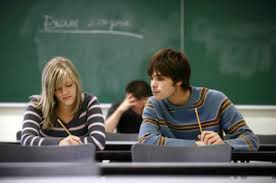 Most of us are naturally visual learners when it comes to movement. In many ways this can be very helpful. When our body is trying to figure out how to do a new skill or movement it needs all the input it can get to try to figure out what it is trying to accomplish and how to do it. Visually seeing something is one of the many ways that your brain processes what it is trying to do. The problem with visually watching something and trying to repeat it is that when we don’t do the movement exactly like what we saw we get frustrated and sometimes overwhelmed! We start to feel like we are failing or not getting something out of the movement because it does not look a certain way.
Most of us are naturally visual learners when it comes to movement. In many ways this can be very helpful. When our body is trying to figure out how to do a new skill or movement it needs all the input it can get to try to figure out what it is trying to accomplish and how to do it. Visually seeing something is one of the many ways that your brain processes what it is trying to do. The problem with visually watching something and trying to repeat it is that when we don’t do the movement exactly like what we saw we get frustrated and sometimes overwhelmed! We start to feel like we are failing or not getting something out of the movement because it does not look a certain way.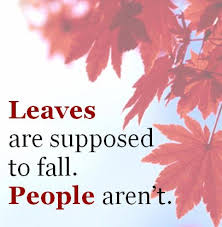 Are you nervous about falling? Besides the dangers of injury when you fall, maybe even a bigger concern is your loss of mobility and even independence in your body that makes you more susceptible to falls.
Are you nervous about falling? Besides the dangers of injury when you fall, maybe even a bigger concern is your loss of mobility and even independence in your body that makes you more susceptible to falls.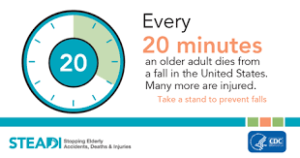
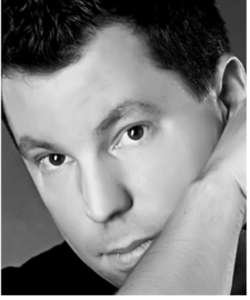
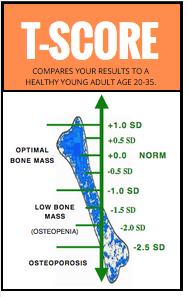 Results of a bone density test provide a T-score, which indicates how your Bone Mass Density (BMD) compares to that of a healthy 20- 35 year-old. By age 30, a person’s bone density is at its peak and should ideally be maintained at this level throughout their life. As BMD decreases from this peak density, the risk of fracture increases.
Results of a bone density test provide a T-score, which indicates how your Bone Mass Density (BMD) compares to that of a healthy 20- 35 year-old. By age 30, a person’s bone density is at its peak and should ideally be maintained at this level throughout their life. As BMD decreases from this peak density, the risk of fracture increases.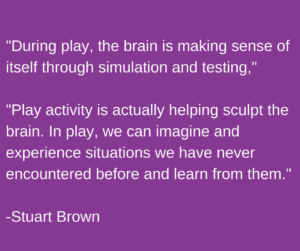 Recess in school is something that most of us would not question. We know that kids need to move and wear off some energy in able to sit still and get their learning time in. Can you imagine trying to make a 7 year old sit at a desk for 3 hours or 4 hours at a time without being able to get up? Do you think they would learn very much or get very much study time in?
Recess in school is something that most of us would not question. We know that kids need to move and wear off some energy in able to sit still and get their learning time in. Can you imagine trying to make a 7 year old sit at a desk for 3 hours or 4 hours at a time without being able to get up? Do you think they would learn very much or get very much study time in?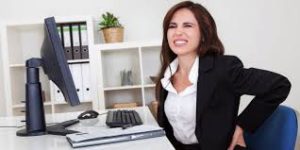 If you are one of those people who has a career that involves sitting anywhere for long periods of time I’m guessing you know how hard it can be on your body. You probably have felt the achy back, sore neck and shoulders and just sluggishness we feel when we don’t move on a regular basis. So what do you do about it? How about some planned recess time? Recess time as an adult could be just about anything like:
If you are one of those people who has a career that involves sitting anywhere for long periods of time I’m guessing you know how hard it can be on your body. You probably have felt the achy back, sore neck and shoulders and just sluggishness we feel when we don’t move on a regular basis. So what do you do about it? How about some planned recess time? Recess time as an adult could be just about anything like: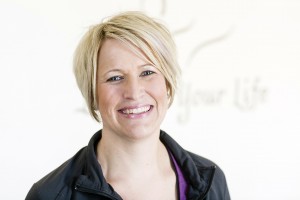 There are days when I’m teaching a new client, I say something and they just look at me as if I were speaking a different language. And then I realize…I am speaking a different language. As a Pilates instructor, the language and phrases I use to describe movement and to get people to do and feel what I want in their body, are not typical phrases you hear in day to day conversation. If you are new to the Pilates language I thought I would create a list of some of the most common types of phrases I use and explain them in normal English!
There are days when I’m teaching a new client, I say something and they just look at me as if I were speaking a different language. And then I realize…I am speaking a different language. As a Pilates instructor, the language and phrases I use to describe movement and to get people to do and feel what I want in their body, are not typical phrases you hear in day to day conversation. If you are new to the Pilates language I thought I would create a list of some of the most common types of phrases I use and explain them in normal English!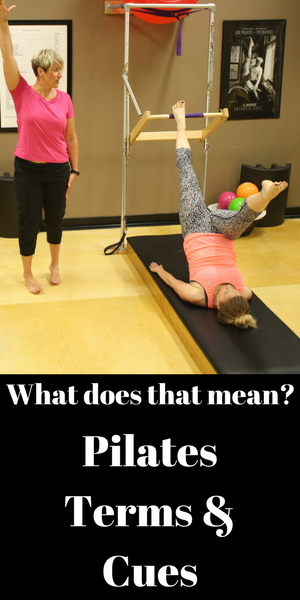 Articulate
Articulate